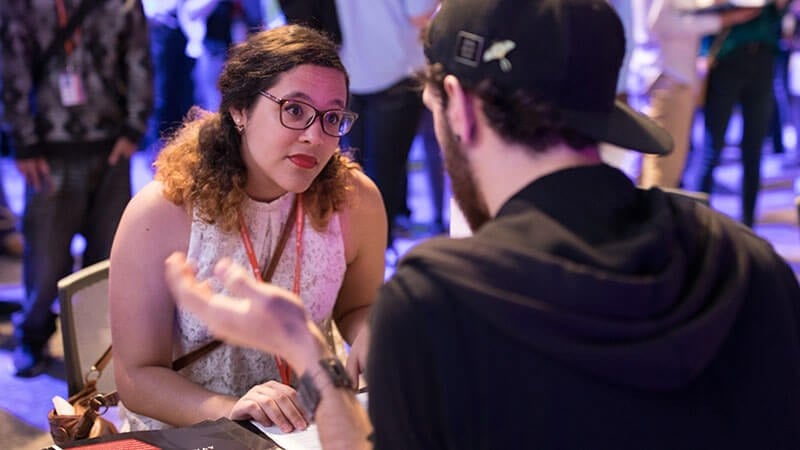Full Sail
Now What? How to Apply for Grants
Now What? is a series dedicated to providing strategies for a successful post graduate experience.
You’ve spent the last 21 months working toward your degree, safe and supported in the immersive bubble of your education. You’ve graduated, and you’re ready to spend the rest of your life doing the thing you love (and are now qualified to do). There’s just one problem. How are you going to pay your bills in the time it takes to get your next project off the ground?
You might consider applying for grants. Grant organizations provide support in the form of time and space to pursue your art—whether by providing financial backing to sustain you for a set period or a quiet, removed place to work. Grants aren’t loans. You don’t have to repay them. They’re not free money either. The application process can be rigorous, the competition steep. Institutions provide funding only to the best and brightest candidates on the assumption that you’ll put any assistance to good use.
How do you know if you’re ready to apply for a grant? The answer to this lies in the clarity of your vision. Finding your artistic self can take time, sometimes years, and is an important component to forging the path ahead. If you’re still figuring out who you are as an artist, it’s important not to get ahead of yourself. It may be tempting to use this time to try new things, but going into the grant process with a clear idea of what it is you want to create will maximize your potential output and reflect well on you in the eyes of your supporters. Start off by doing research into organizations that might be a good fit for what you want to do. Once you’ve put in due diligence, you can move on to the application process.
Many grants require a list of references or letters of recommendation as part of the application process. This is where it pays to keep in friendly contact with former instructors. As a courtesy, you should always let references know before you list them. If it’s been a while since you’ve been in contact with an instructor, send an email reminding them which of their classes you took and outlining some of your academic achievements within the context of each course. This brief refresher will make it easier for them to write a letter on your behalf or talk you up to grant committee representatives.
When you’re ready to write your proposal, be sure to read the application carefully. Each organization will have its own unique set of requirements, and putting your application package together incorrectly could put you out of the running on a technicality. It’s a good idea to customize your application to the organization. Vague, canned responses will read as such. Instead, give specific examples of how your work aligns with the spirit of the institution that will be providing support. Lots of foundations and non-profits will fund an artist or entrepreneur based on an idea alone. If the application requires you to submit examples of previous work, try to showcase projects that relate in some way to your request for assistance.
Much like a job application, a grant proposal should communicate your personal essence and artistic aim in a concise, semi-formal way. Avoid language that’s either overly conversational or too elevated. You goal should be to describe your work as clearly as possible. Keep it simple. Check all materials for spelling and grammar errors. If neither of those things is your strong suit, have someone else look over your application before you submit it.
If you’re lucky enough to receive assistance, congratulations! It’s good form to write a thank you note to your references as well as the organization that granted you funding. Perhaps the most important thing to remember is this: obtaining a grant means you’re on the right track. It means someone believes in you enough to back your work. That’s huge.
If you don’t receive funding the first time around, keep applying. Grant committees can (and often do) change from year to year, and with these changes come shifts in the types of projects review panels are looking to fund. Your proposal might get turned down one year and accepted another. Widening your pool of submissions improves your odds of getting funded, so consider submitting to as many organizations as you can. Don’t get discouraged. You now have experience with applying for grants, which is more than you had when you started.
Whether you’re ready to apply or just want to learn more about Full Sail University, our Admissions Representatives are here to help. Call us or request more information.

